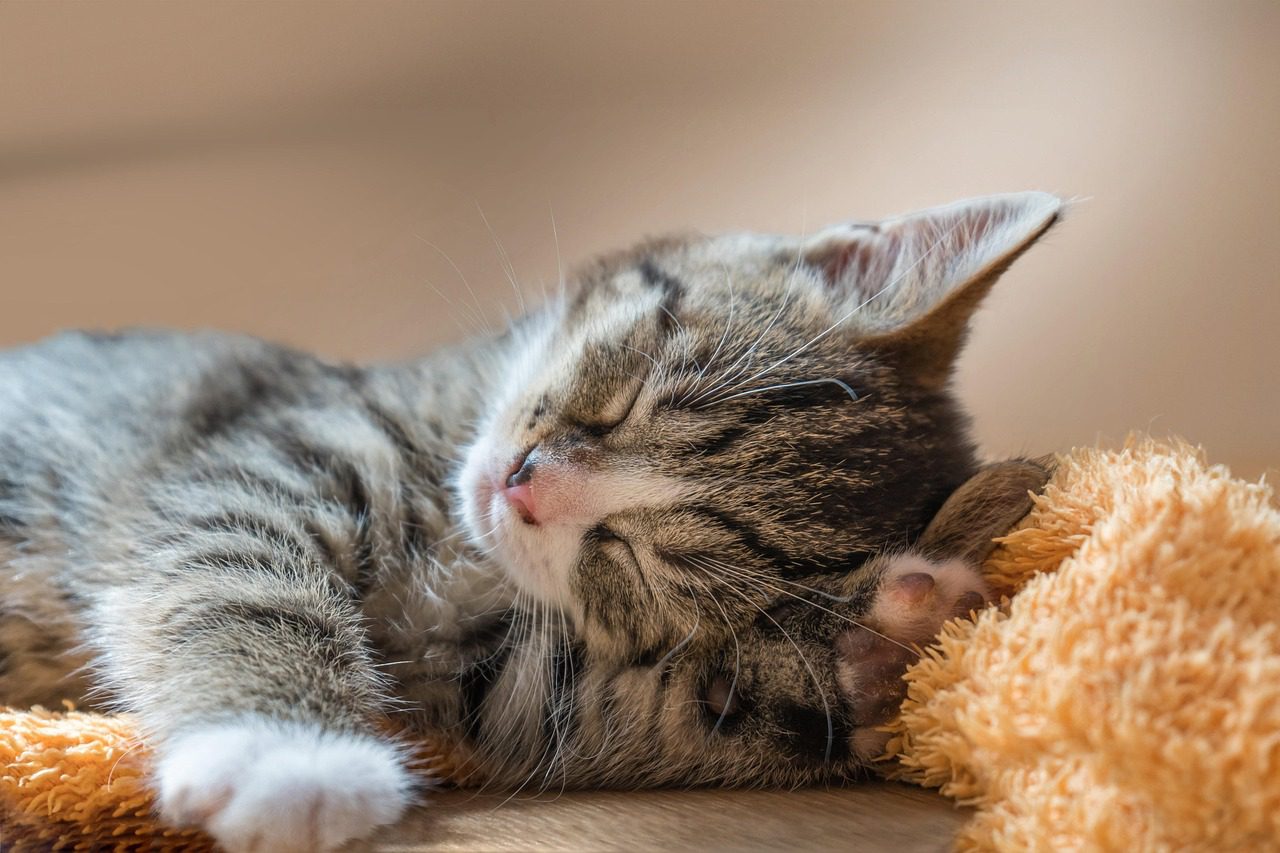What does it mean when a cat suffers from a rodent ulcer?
You could be forgiven for being confused. They are nothing like the lesions described as rodent ulcers
that people can get. And they are nothing to do with rats and mice.
So not a great name.
A better name for these lesions in cats is the indolent ulcer.
I saw a cat with this problem recently. The ulcer was more of a swelling. It kept coming and going on
its lips, sometimes causing her to lose her appetite, but not always.
We tried a variety of different medications, but it seemed that whatever we did, even if we did nothing,
the lesions would get better eventually, but then recur.
When vets first recognised these swellings and ulcers on the lips of cats, in the absence of other
ideas, it was assumed that they must be injuries occurring during hunting. Hence the term rodent
ulcer.
But now we can perform cytology on biopsy samples of the abnormal area. We now recognise these
as an inflammatory response, or hypersensitivity. But a microscope cannot tell us what an individual
cat’s lips are hypersensitive to. That takes a process of elimination.
In man a rodent ulcer is an old term for a type of skin cancer. It oftens occurs in parts of the body
frequently exposed to the sun. It is usually a rather slow growing cancer.
In cats, the indolent ulcer is now classed as part of the eosinophilic granuloma complex. Which means
that it is one way a cat can show it has developed an allergy.
And the most common allergy is one to flea bites.
So my first plan was to ensure my patient need never experience any flea bites, using an effective
prescription anti-parasitic.
Once that was ruled out, the next choice is to change the pets food and water bowls, in case they
might be causing a reaction on the lips. And finally we will trial a food exclusion diet. I am hopeful that
we can manage her symptoms without medications in future. And grateful that it’s not cancer.




